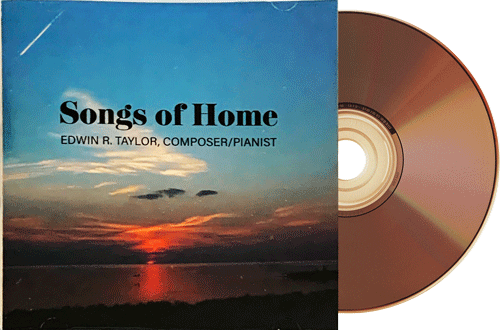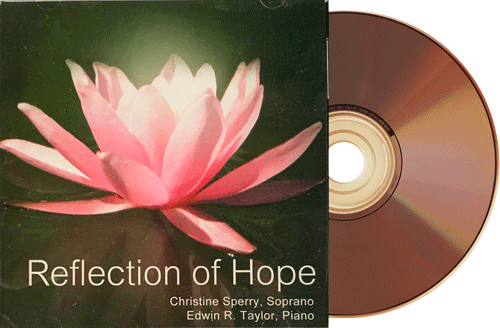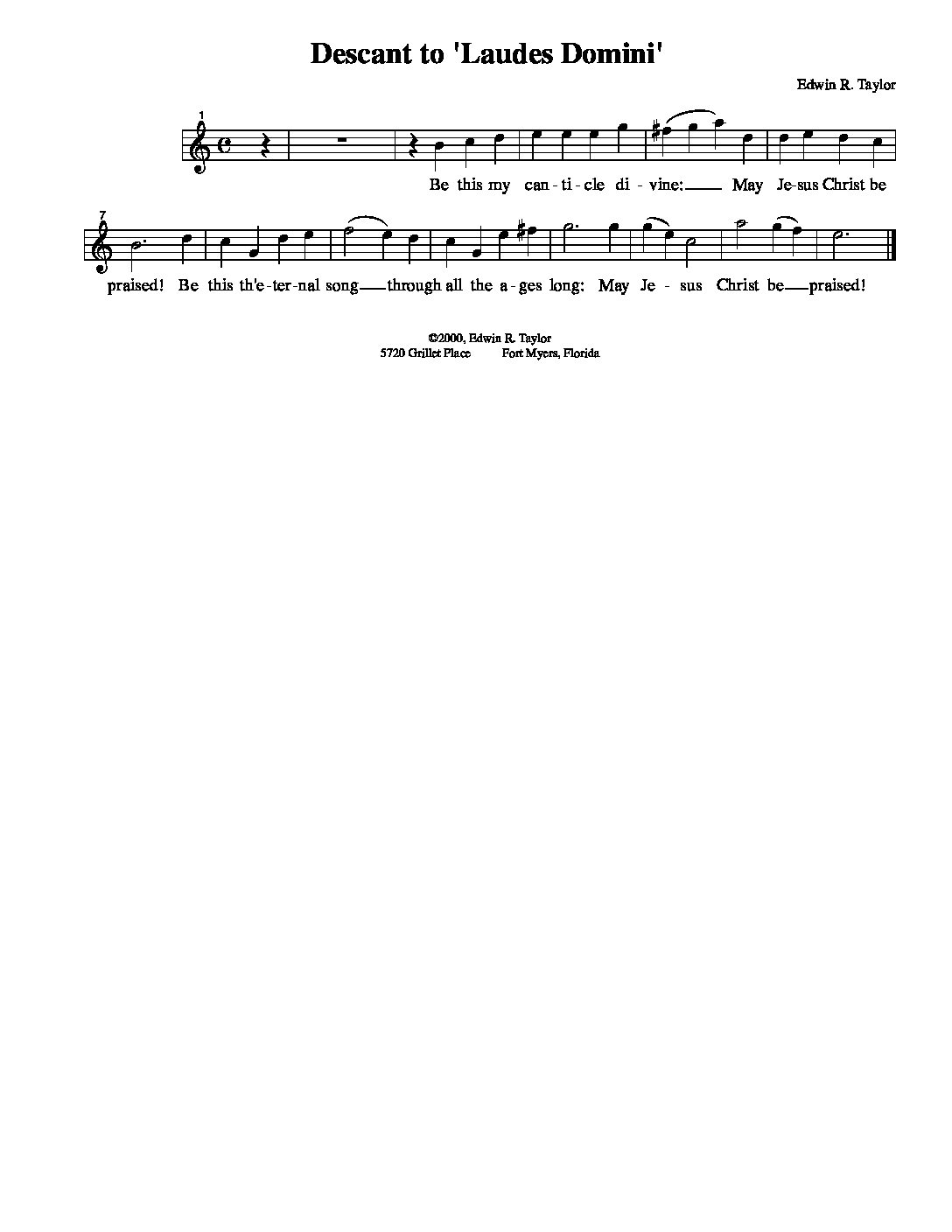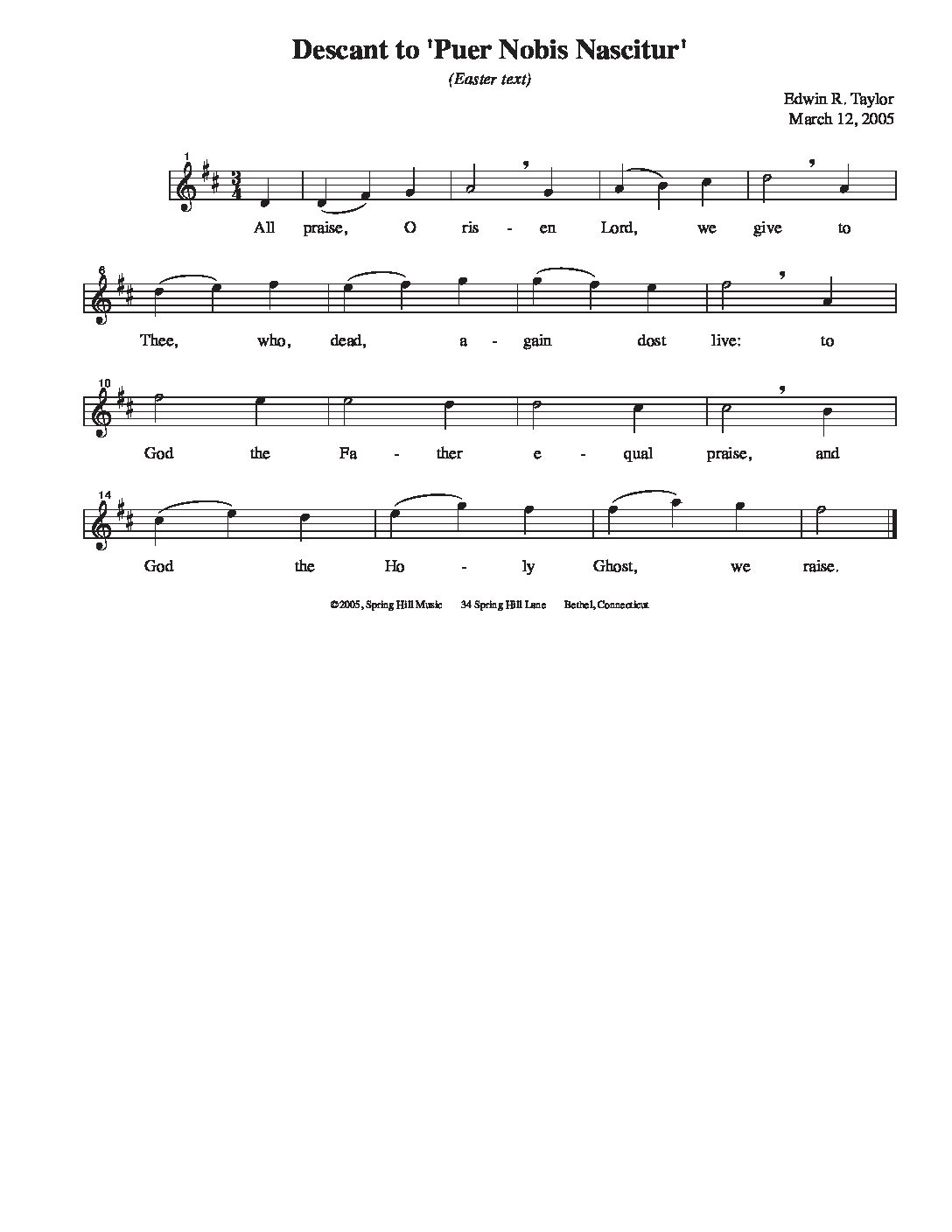Descants
Right along with my hymn reharmonizations come new hymn descants. Descants give your higher singers the rare treat of singing something other than the melody—a curse in some non-readers’ opinions. Like hymn reharmonizations, descants are generally saved for the closing verse of a hymn. Also like hymn reharmonizations, descants are a ‘spice’ that is more effective when not overdone. Personally a maximum of one descant per service is quite sufficient, and, in my career, I have leaned to scheduling a descant every few weeks. Make sure learning the descant for an upcoming Sunday is planned for at least one rehearsal before Sunday morning. Descants can be glorious, and send chills up and down folks’spines, but painful and send fingernails up and down chalkboards when poorly done. The latter, of course, is a distraction from worship, the exact opposite of what we are attempting to accomplish when adorning our services with hymn reharmonizations and descants. Please note that my descants only ‘fit’ with my reharmonizations.

Songs of Home
- Released: 7/10/2018
- Label: Universal Sounds Group
- Format: Digital Download, CD

Reflection of Hope
- Released: 10/5/2005
- Label: Universal Sounds Group
- Format: Digital Download, CD




































